 
May 22, 2009 - Part 1
All prices in euros (€) unless otherwise noted.
At time of report, 1 € is approximately 1.37 US dollars.
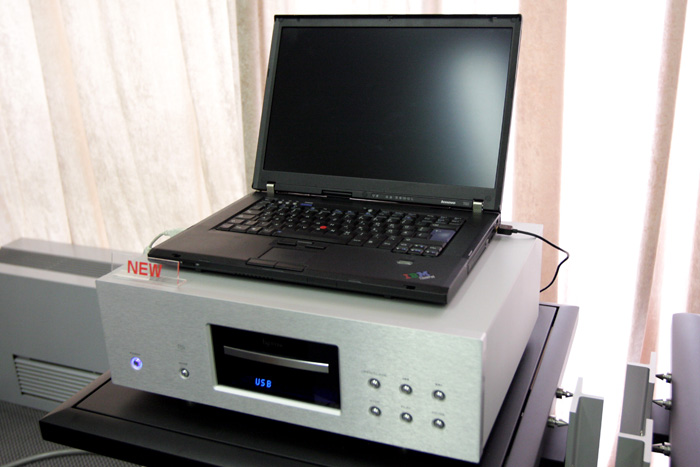
Esoteric demonstrated the production version of the SA-50
CD/SACD player. It uses 32-bit DACs and carries a list price of 5500 €. The SA-50 not
only plays CDs and SACDs but has a variety of digital inputs on the back
so that you can connect other sources, such as a computer. The SA-50 is capable of
upconverting digital signals all the way to 192kHz, and even DSD. [www.teac.com/esoteric/]
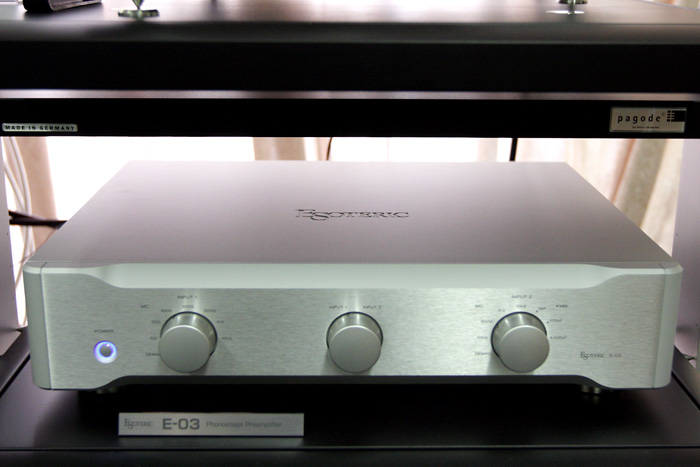
Although you may have seen the Esoteric E-03
moving-magnet/moving-coil phono stage before -- the company had it at CES 2009 in Las
Vegas -- we were assured that it would have been a prototype. This is the production
version, all gussied up and ready to ship. The price is 5000 €. [www.teac.com/esoteric/]
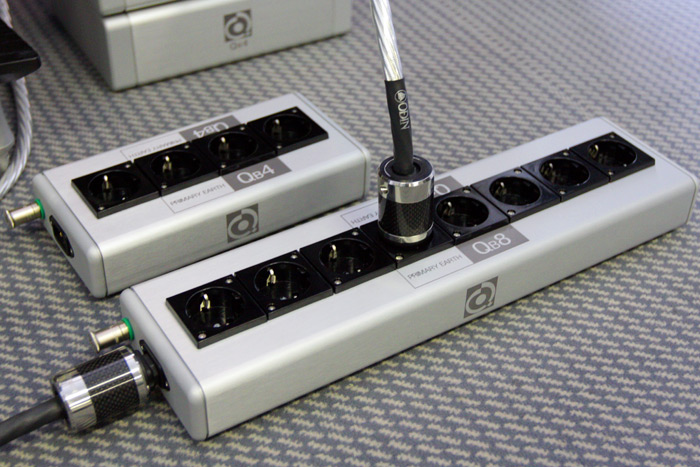
Quantum Resonance Technology (QRT) from the United States
debuted its Qbase products at High End 2009. The QB8 (bottom, 1059.99 €) and QB4
(649.99 €) feature what the company refers to as a "star-earthed distribution
block" for proper system grounding. Quantum’s products are distributed worldwide
by Nordost Corporation. [www.nordost.com]
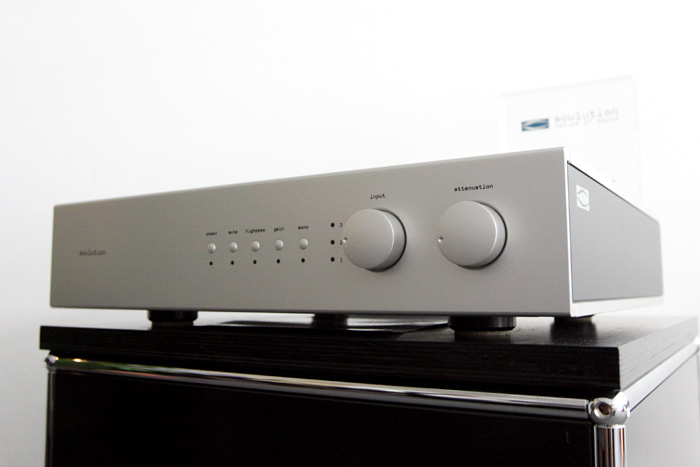
Switzerland’s Soulution continued filling out its
product line with the addition of the new 750 moving-coil/moving-magnet phono stage
(12,000 €). On the back are three pairs of
single-ended inputs, connectors for Soulution's Link-System, and single-ended as well as
balanced outputs. Another feature worth pointing out is the onboard volume control (in 3dB
steps), something you don't often see with phono stages.
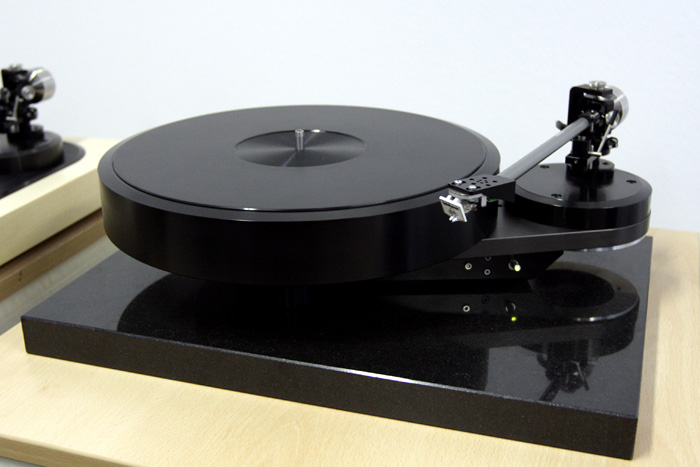
Germany’s Brinkmann introduced the Bardo turntable at
a very attractive price point -- at least compared with some of the company's
more ambitious models, such as the Balance
Anniversary (30,200 €), which was also shown. The direct-drive Bardo retails for
5000 € without a tonearm and will be available in August of this year.
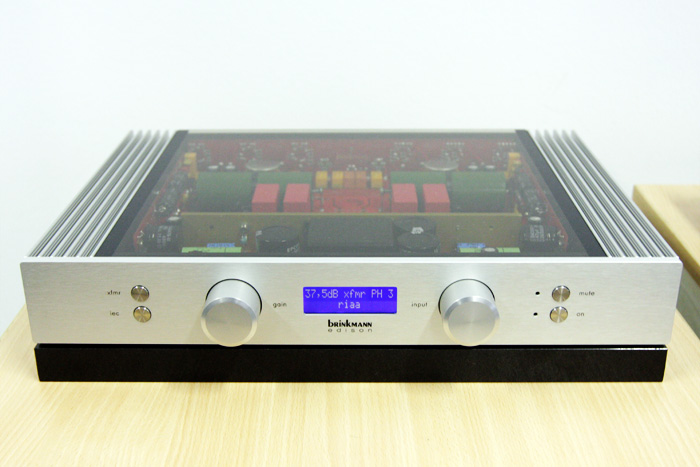
Brinkmann also debuted the Edison phono stage, which
retails for 8500 € and uses NOS Telefunken tubes along with bipolar transistors.
Although you can’t really see the tubes from the photo above, we can assure you
they’re there buried in the heat
sinks.
|











